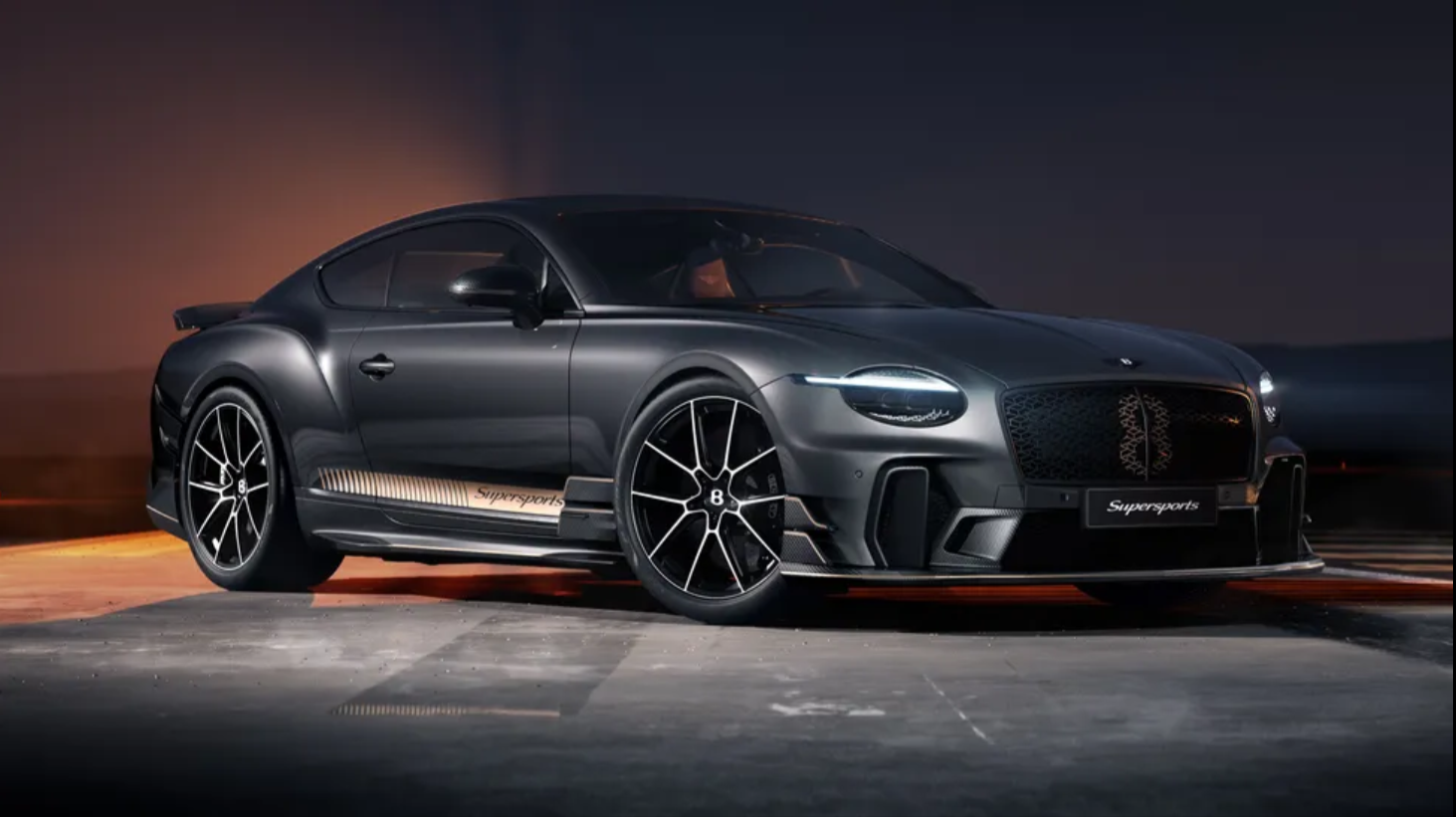For some, nothing less than a V12 will do. Sure, the twin-turbo 4.0-liter V8 in the DB12 churns out a respectable 500 kW and delivers a proper soundtrack, but it’s missing a crucial ingredient—four more cylinders. Enter the revived Aston Martin Vanquish, a name that echoes through the hallowed halls of automotive greatness, now reborn with a mighty V12.
After a six-year hiatus and a scrapped plan for a mid-engine supercar, the Vanquish has returned to its true form. It’s unapologetically big, blisteringly powerful, and a luxuriously refined GT car at heart. Under the hood sits a 5.2-liter twin-turbo V12, pushing out a colossal 606 kW and capable of catapulting you to a top speed of 344 km/h. With production capped at just 1,000 units per year, exclusivity is guaranteed. The base price? A cool $420,000.
Though it shares its basic layout with Aston’s previous V12, nearly every component has been overhauled. New block, heads, ports, camshafts, connecting rods, turbos, fuel injectors, and repositioned spark plugs—Aston says the engine is "unrecognizable." The aim? To unleash more power and torque—a staggering 1,001 Nm—while meeting tighter emissions standards.
The engine pairs with a rear-mounted eight-speed automatic gearbox and, like the DB12 and Vantage, gets an electronically controlled limited-slip differential. A nifty new feature called Boost Reserve increases turbo pressure even under partial throttle, ensuring you have power on tap when you plant your foot. Aston says it’s all about coordination between the throttle and the wastegate, so there’s always a wave of torque ready to surf. That high top speed didn’t come at the expense of acceleration, either—0-100 km/h happens in just 3.2 seconds.
As with all modern Astons, the Vanquish is underpinned by a bonded and extruded aluminum monocoque, but this time wrapped mostly in carbon fiber. Aston quotes a dry weight of 1,774 kg, but expect that to creep over 1,800 kg when it’s ready to roll. Wrapped in bespoke Pirelli P-Zero tires—275/35s up front and 325/30s at the rear—the Vanquish also comes standard with forged wheels and carbon-ceramic brakes to keep that unsprung weight low.
Beneath its gorgeous skin, the Vanquish is packed with the latest tech. It uses Bilstein DTX dampers like the DB12 and Vantage, working alongside a six-axis inertial measurement unit that helps fine-tune the suspension, differential, and stability systems for precision handling. There’s also a new Corner Braking system that helps maintain rear stability when trail-braking hard into corners.
Inside, the Vanquish offers a fresh take on Aston Martin’s cabin design with a new center console brimming with tactile controls and an all-new bespoke infotainment system. Past Astons have sometimes faltered with their interiors, but this time around, it looks like they’ve nailed it.
Dimensionally, the Vanquish is longer, wider, and sits lower than the DB12. Its wheelbase stretches 76 mm longer, the overall length grows by 165 mm, and it’s 61 mm wider. A slight reduction in height sharpens its stance. Design-wise, it’s undeniably Aston—muscular haunches, a sculptural hood, and a unique Kamm tail that tips its hat to Aston’s 1960s Le Mans racers, the DP212, DP214, and DP215. There’s a hint of the limited-edition Valour’s bold profile, too, a nod to Aston’s burly GTs of the 1970s.
This is only the third time Aston Martin has blessed a car with the Vanquish name, and given the legend of its predecessors, the bar is set sky-high. First impressions suggest this Vanquish has every intention of clearing it with room to spare.




















.jpg)


.jpeg)

.jpeg)
.jpeg)

